PROTECT YOUR DNA WITH QUANTUM TECHNOLOGY
Orgo-Life the new way to the future Advertising by AdpathwayEveryone assumes it’s easy to stake tomatoes. Hammer in a stake, tie up the plant, and you’re done. And I’m not saying it’s not easy, but there are also a few ways it can go wrong.
If you encounter leaning crops, broken stems, and toppled supports when you’re growing tomatoes, you may have made one of these tomato staking mistakes. They aren’t the end of the world, but they are good to avoid if you want to maximize your harvest.
Most of us learn tomato staking through trial and error, picking up bad habits along the way. Instead, learn from these common mistakes so you never pick up the bad habits in the first place.
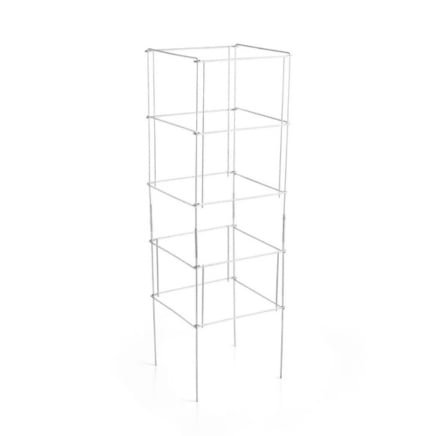

Vegetable Garden Freyr Trellis
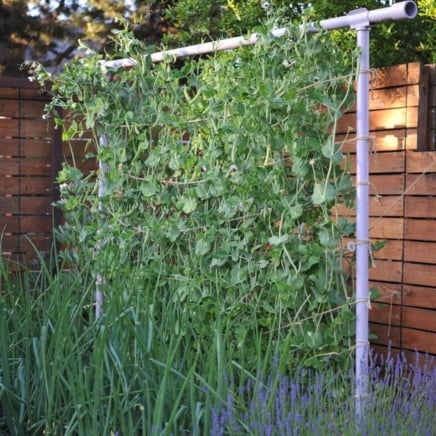
Vegetable Garden Freyr Trellis

Waiting Too Late to Stake
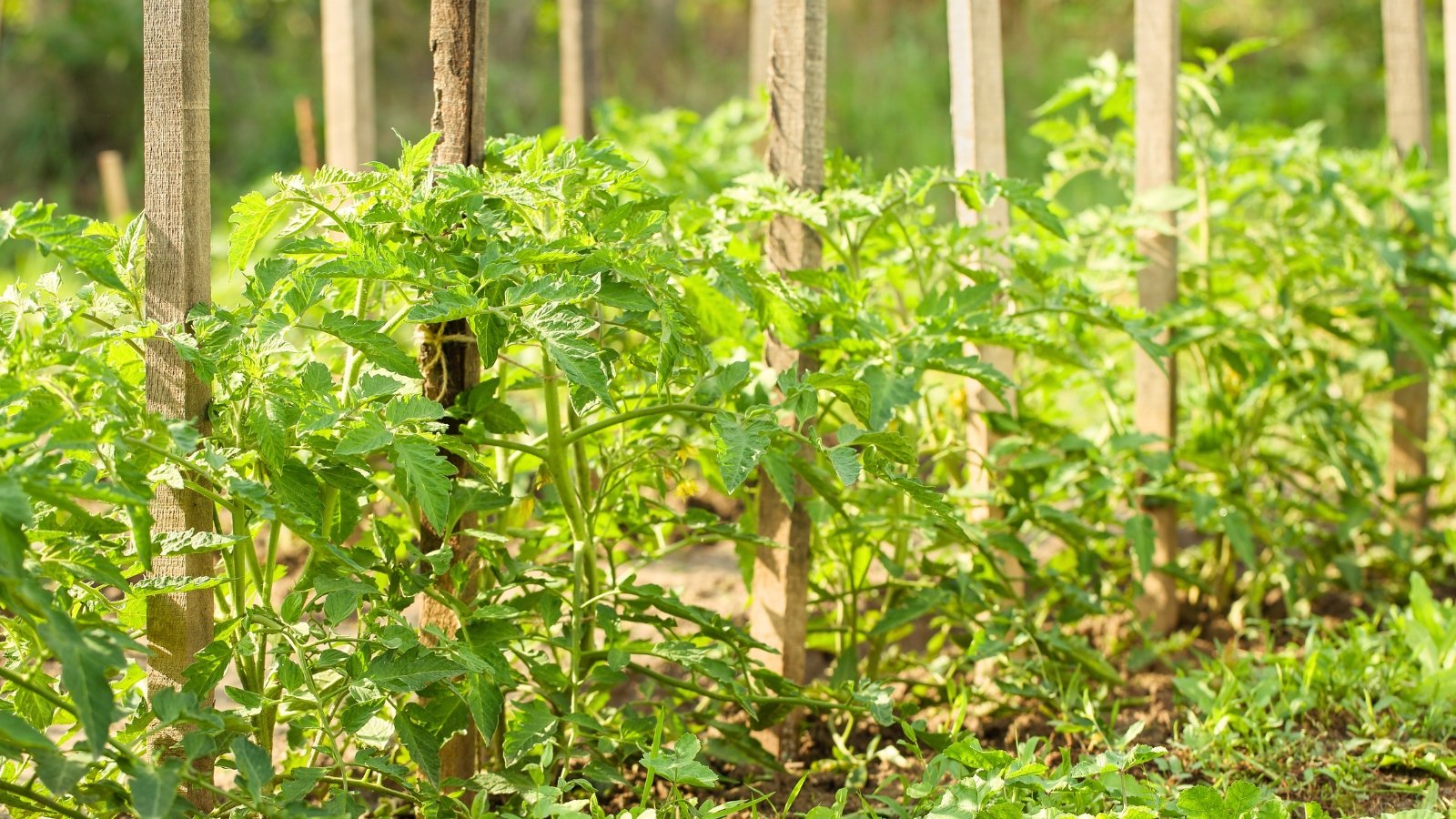 Support young plants early to avoid future root damage.
Support young plants early to avoid future root damage.This is probably the first common tomato staking mistake people make, but sadly, it’s also one of the most damaging.
By the time you notice your tomato leaning or getting floppy and calling out for support, it’s too late to stake. Not impossible, but you risk damaging the already extensive root system by driving stakes into the ground now when the plants are already established.
Young tomato plants look deceptively sturdy when they’re small. That little 12-inch seedling might not seem like it needs support, but don’t tell yourself you’ll get to it next week. Tomatoes can grow surprisingly rapidly, especially once warm weather hits consistently.
The best time to stake is at planting time, or at least within the first week of transplanting. This lets you position stakes without damaging established root systems. It also means the tomato grows up with its support system instead of having to adapt to one later.
Once everything’s already set in place, changes cause disruption. You end up having to force stems into unnatural positions or risk breaking branches and roots to provide the proper support. Instead, stake early.
Choosing the Wrong Size Supports
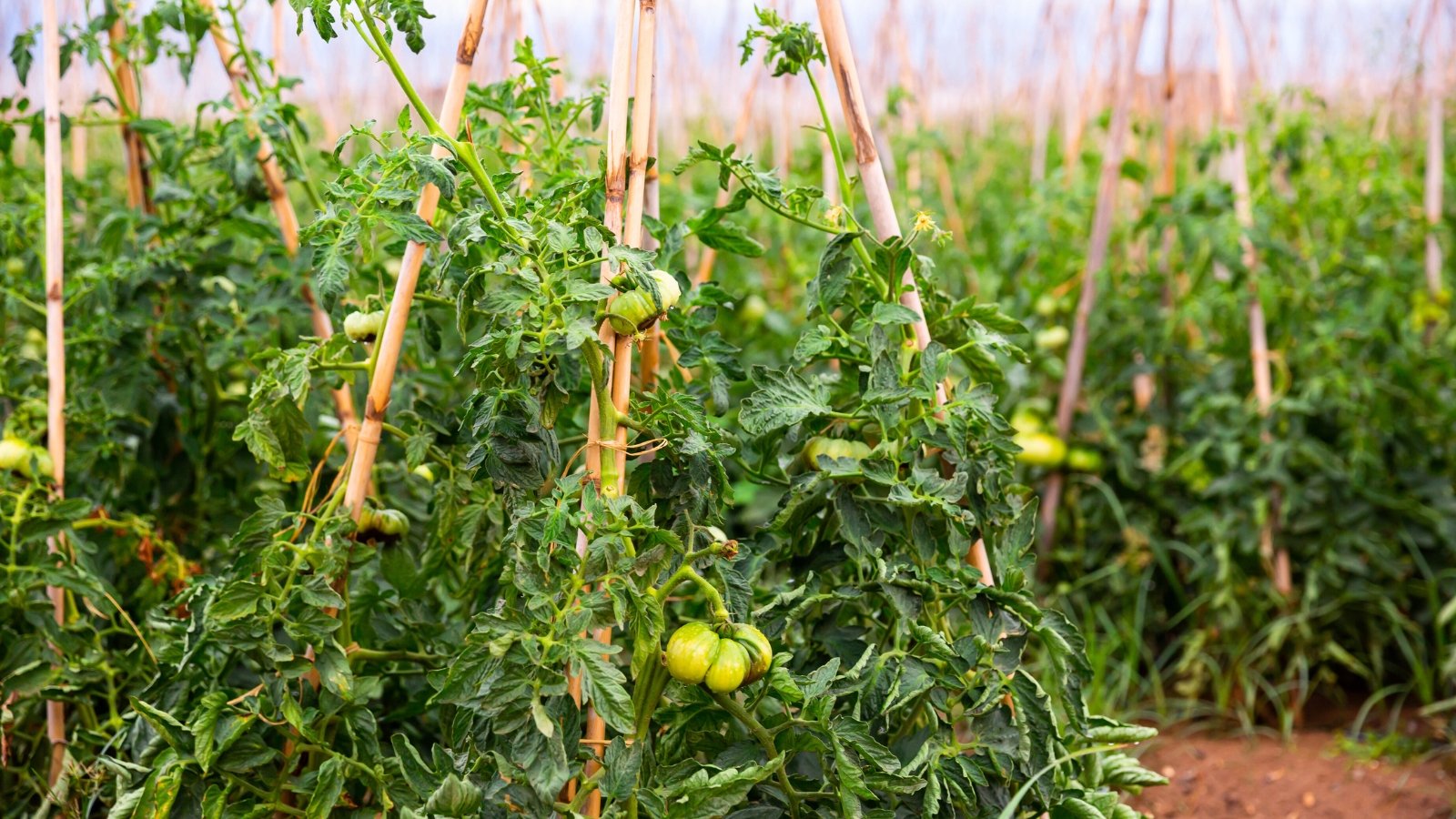 Stakes need to be deep and tall for real stability.
Stakes need to be deep and tall for real stability.Undersized stakes can be almost as bad as no stakes at all. This is typically only a problem with indeterminate types, rather than determinate tomatoes, but it’s a common tomato staking mistake nevertheless.
A 4-foot stake might look adequate when your tomato is knee-high, but it becomes useless once the plant reaches full size. Indeterminate varieties can easily hit 8 feet tall under good conditions, while determinate types reach 4-5 feet.
Your support needs to be tall enough to meet the tomato’s full height, plus it needs to go deep enough into the ground to stay stable. A good rule of thumb is to use stakes that are at least 6 feet above ground, with another 2 feet buried for stability.
Don’t forget about wind. Even a well-supported tomato can struggle in strong winds, putting enormous stress on stakes, too. Choose the right size and bury them deep enough to handle whatever summer throws at them.
Using the Wrong Ties
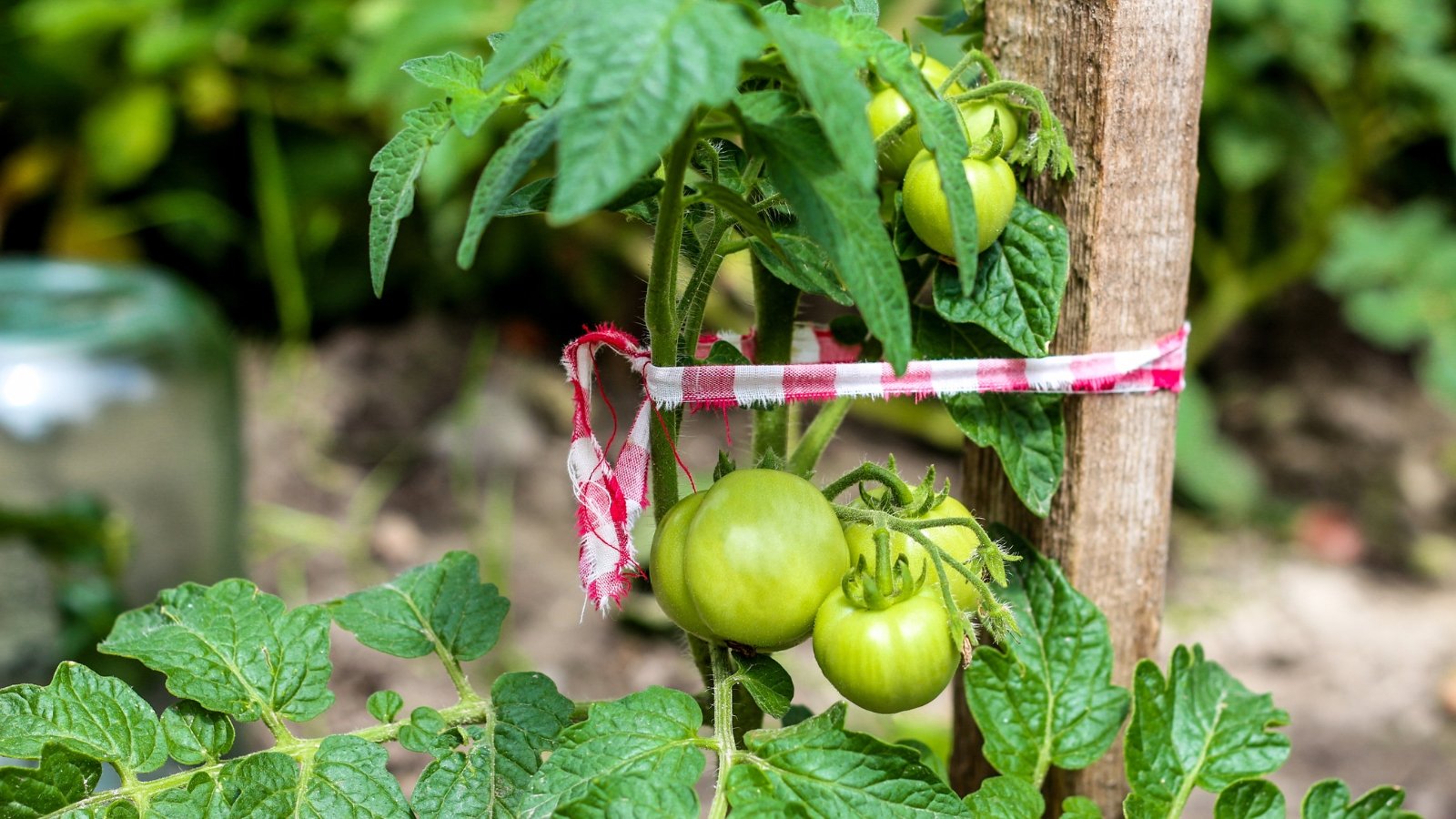 Cloth strips gently hold stems without cutting into them.
Cloth strips gently hold stems without cutting into them.The material you use to tie stems to stakes makes a huge difference in health. This was one of my first tomato staking mistakes, and it quickly cost me a few branches.
Stiff string, wire, and other hard materials cut into stems as they grow. Once you’ve tied and forgotten about them, branches grow upward and outward and don’t have room to expand thanks to the inflexible ties. This creates wounds that invite disease and weaken the plant structurally.
Soft ties are essential when staking tomatoes. Cloth strips or specialized ties move with the stems and distribute pressure over a wider area. They expand as stems thicken, preventing the damage that happens with rigid ties.
Old t-shirts cut into strips work great for plant ties if you don’t have anything else on hand. They’re soft, stretchy, and free. But plant ties are worth the investment if you’re growing a lot of tomatoes (and don’t want to cut up all your clothes).
Ultimately, wire twist ties may be convenient, but they are dangerous. They’re easy to overtighten, and the wire can cut through stems as stems sway in the wind. The plastic coating doesn’t help much, as it’s still a rigid material that doesn’t give with movement.
Tying Too Tightly
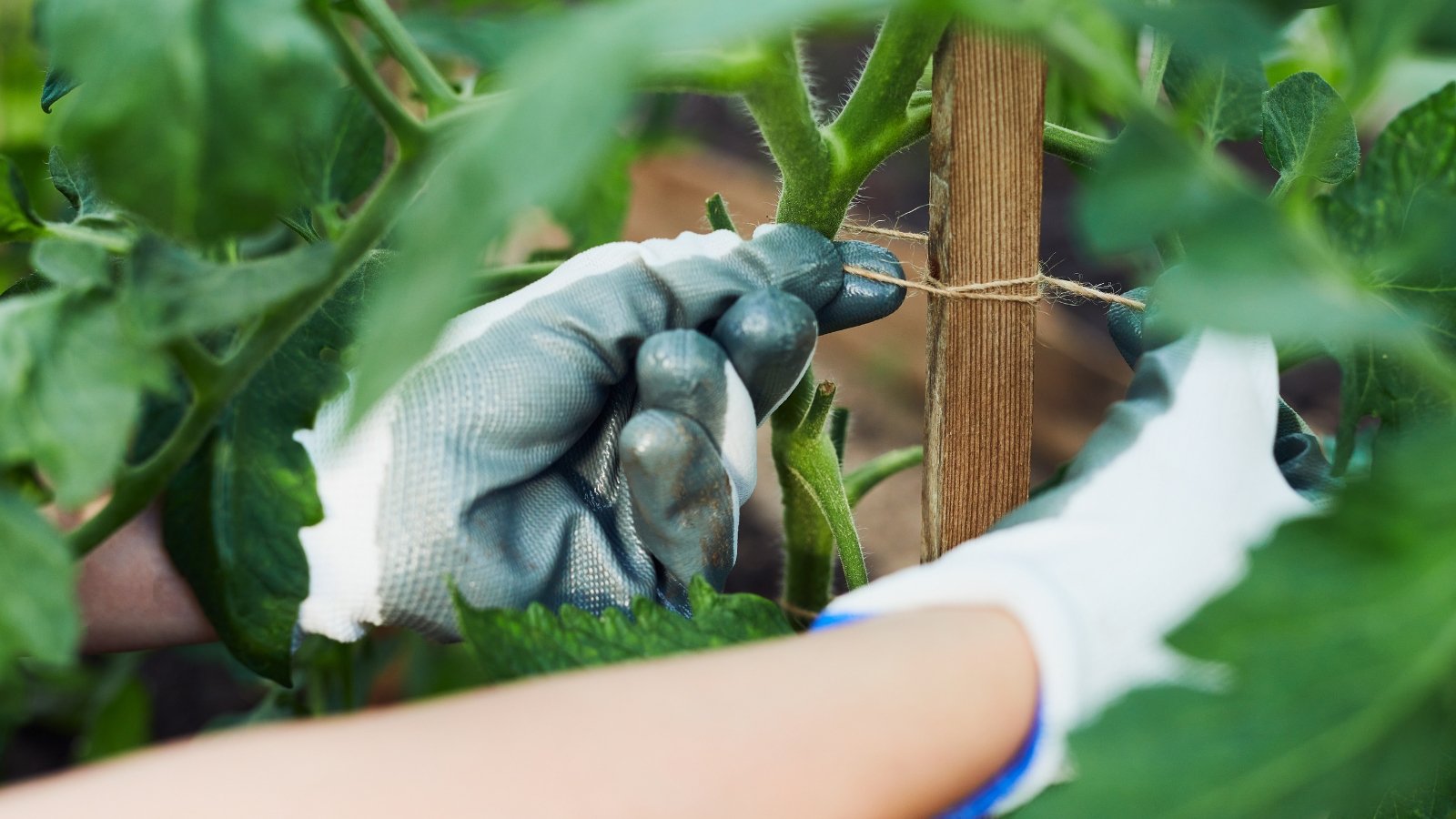 Loosen ties often to keep stems healthy and growing.
Loosen ties often to keep stems healthy and growing.Even with the right ties, many gardeners make the tomato staking mistake of cinching them too tightly around stems. You want to provide solid support, but this actually weakens stems and can cause serious damage over time rather than making them more sturdy.
Tight ties restrict the flow of nutrients and water through the stem and can cut into the tissue. You’ll likely see reduced growth above the tie point. Leaves may yellow or wilt even when soil moisture is adequate.
Tomatoes need some freedom to move naturally. Stems that can’t flex with wind and weather become brittle and more likely to break. A little movement actually strengthens stems by encouraging them to develop supportive tissue.
When tying stems to supports, make a loose loop around the stem, then cross the tie and loop it around the stake. This creates a buffer between plant and stake while providing solid support. The stem never touches the stake directly.
Check ties regularly throughout the season. What feels loose early on might cut into the stem as your tomato grows. Loosen or replace ties to stop this tomato staking mistake from causing real damage.
Not Training Stems
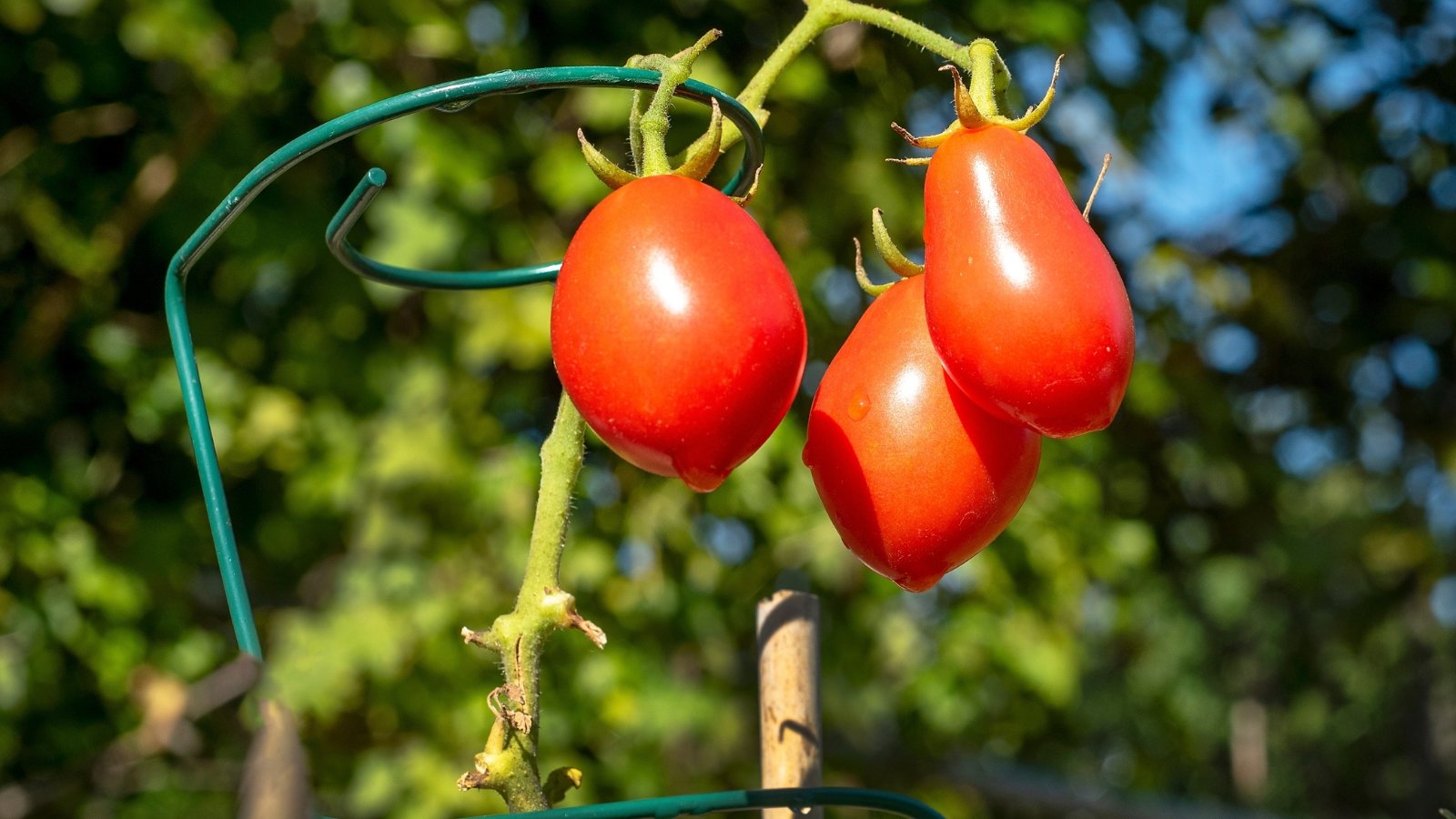 Keeping branches supported prevents breakage under heavy fruit.
Keeping branches supported prevents breakage under heavy fruit.Many gardeners stick in a stake and assume the tomato will figure out how to use it, but they need guidance to develop good structure.
Indeterminate tomatoes want to sprawl in all directions. Without training, they develop multiple competing leaders that make the plant top-heavy and difficult to support. Regular pruning and training keep growth focused on a single main stem that’s easier to stake effectively.
Tie tomatoes to stakes at regular intervals as they grow. Don’t wait until the stem is drooping. Add new ties every 10 inches of growth, or whenever you see stems starting to lean away from the support.
Lower branches often need individual attention, too. Heavy fruits can pull branches down even when the main stem is properly supported. Use additional ties or small stakes for heavily loaded branches to prevent them from breaking under the weight.
The difference between properly staked tomatoes and poorly supported ones becomes obvious as the season progresses. Well-supported tomatoes stay upright, develop better air circulation, and produce more accessible fruit. They’re also less prone to disease and easier to maintain throughout the season. Take the time to do it right from the beginning, and you’ll save yourself headaches later on.


 20 hours ago
7
20 hours ago
7





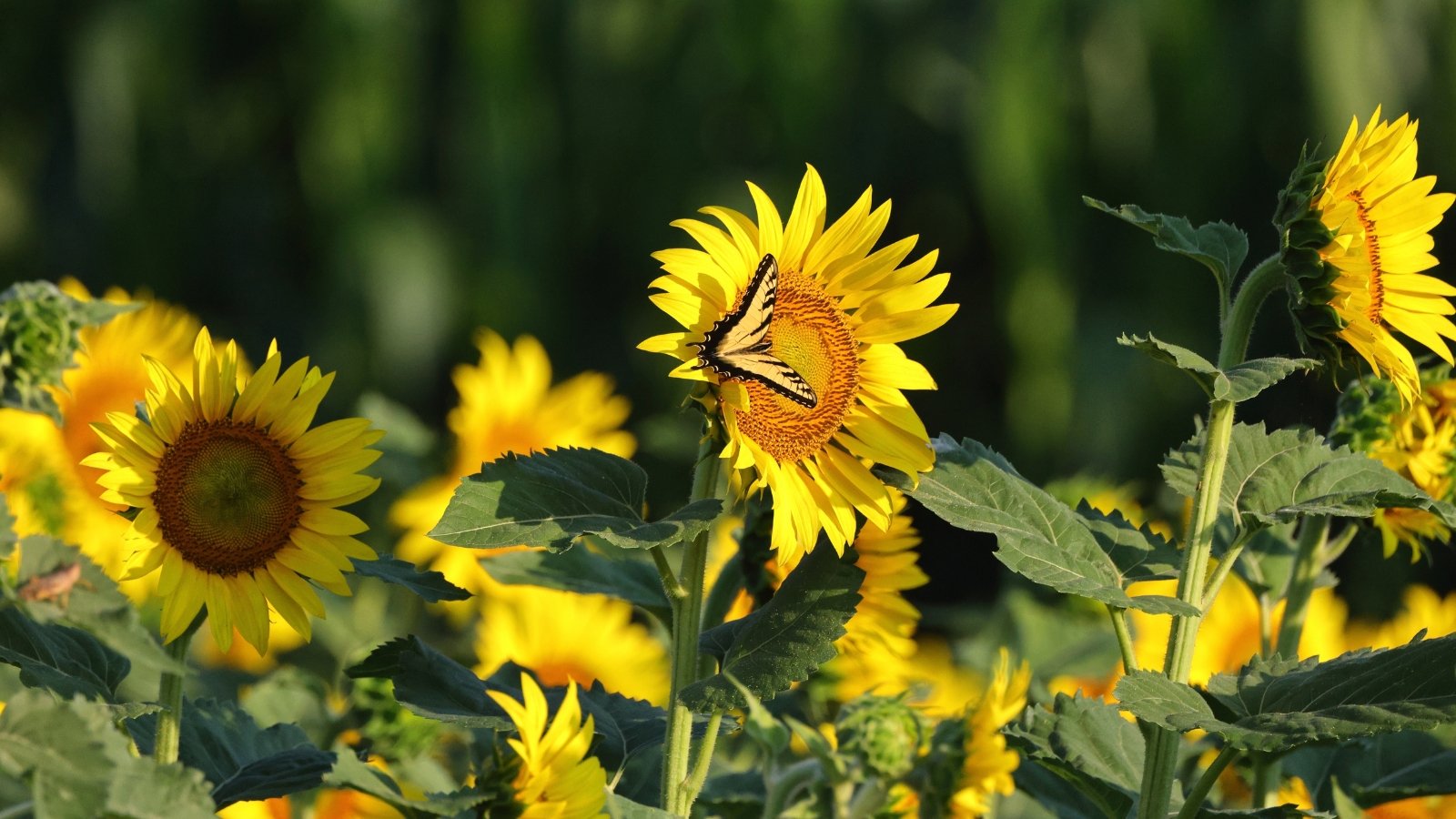
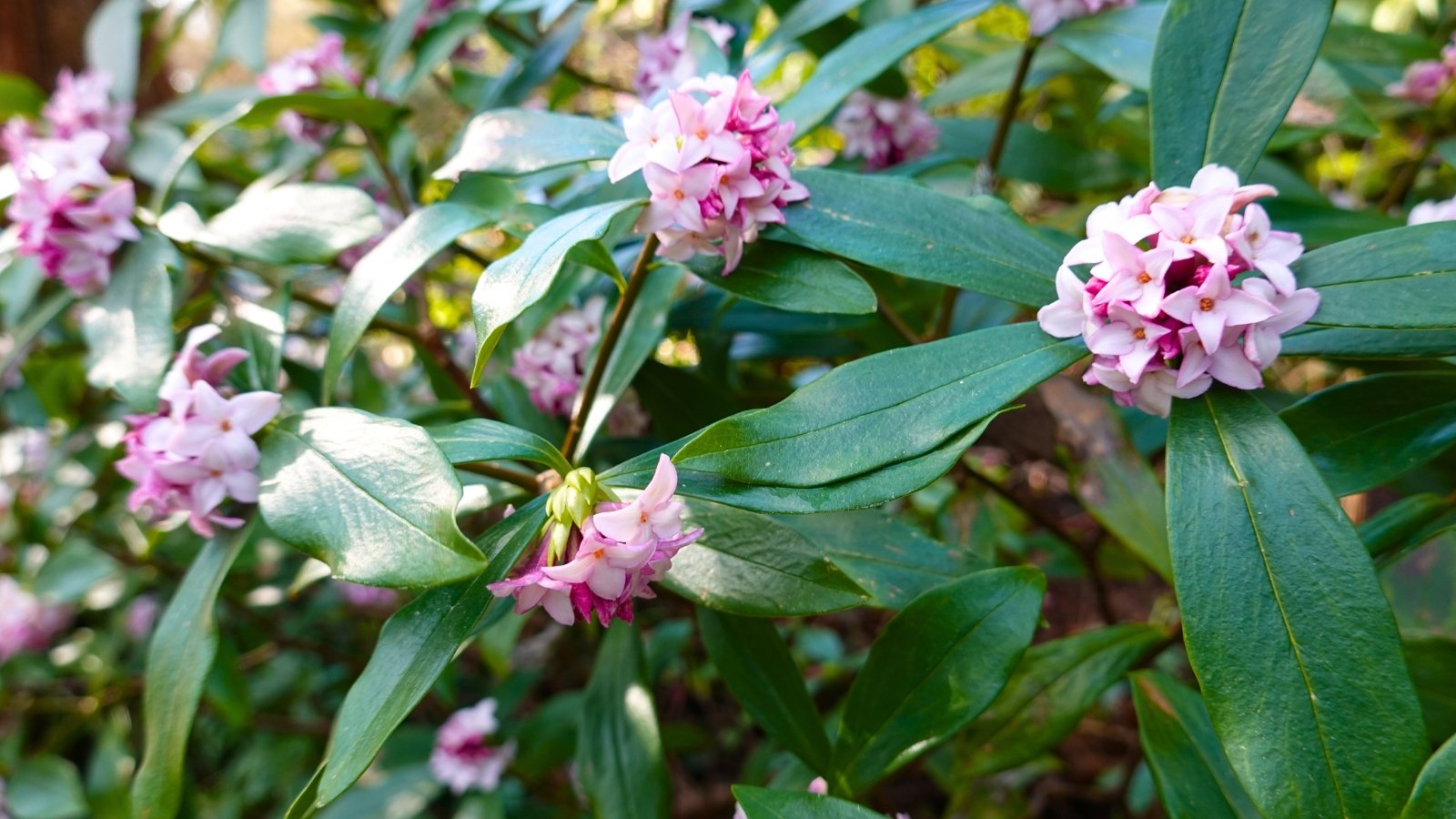














 English (US) ·
English (US) ·  French (CA) ·
French (CA) ·